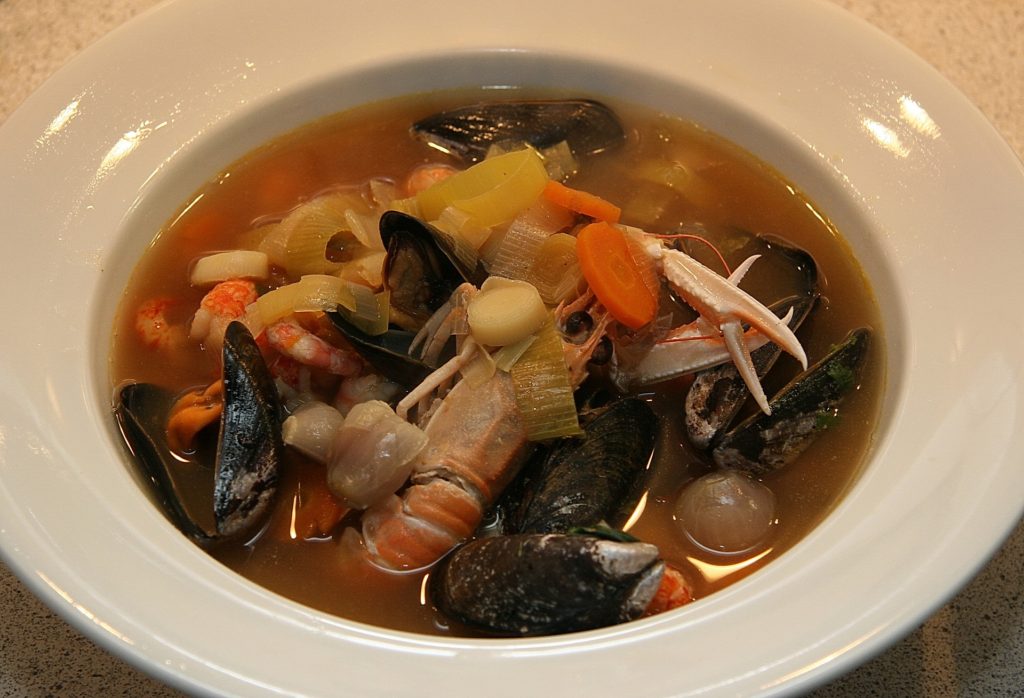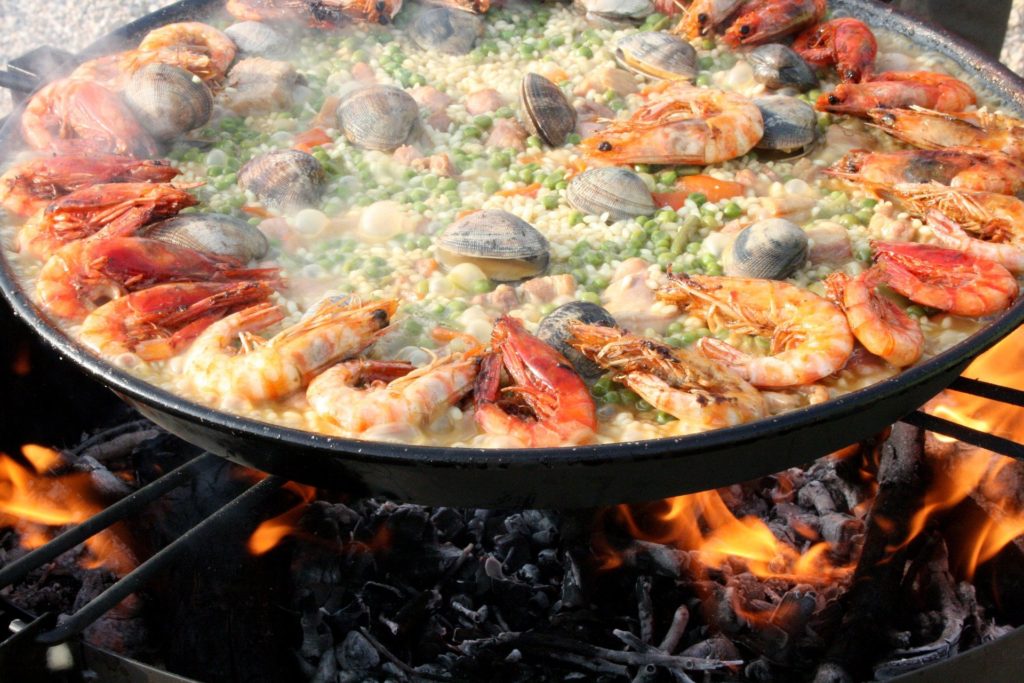It is said that there are as many different gumbo recipes as there are ‘pots in New Orleans’. Whilst the origin of this staple Louisiana dish is still debated to this day, one thing is for sure – a great gumbo starts with a great gumbo pot!
The Traditional Gumbo
Much like the gumbo itself, the state of Louisiana is a melting pot of different cultural influences. It was originally colonised by French settlers during the 17th century, getting its name from King Louis XIV of France. Some suggest that the original gumbo is an adaptation of a classic French bouillabaisse. The flour and butter roux used to thicken the gumbo is a fundamental element of classic French cuisine. While today’s gumbo uses a similar thickening process, modern roux tends to be darkened in oil or fat.

Over the centuries, Spanish settlers have also made their home in the Pelican State, bringing with them the classic ‘sofrito’ sauce of tomatoes, peppers, and onion. This combination forms the base of many gumbo recipes. The name ‘gumbo’ itself is very similar to the West African word ‘kingombo’, meaning okra, an ingredient used in many classic gumbo recipes. Yet another cultural influence added to the pot!

Jambalaya
No menu in Louisiana would be complete without the addition of the Jambalaya. It is a classic Southern dish and, for the uninitiated, could be mistaken for gumbo. Both gumbos and jambalayas contain what local chefs refer to as ‘the holy trinity’ of ingredients (onion, celery, and green peppers) combined with other key elements such as rice, meat, and vegetables. There is, however, one significant difference between the two dishes: whilst gumbo is always served over the top of rice, the rice in a jambalaya is cooked in the same pot as the other ingredients.
The precise origin of the jambalaya is equally as elusive as the gumbo. Some say that the first jambalayas were created in New Orleans by Spanish settlers as a homage to the traditional paella. However, they would have had to substitute tomatoes for saffron as the rare spice was a little more difficult to locate in America than in their homeland.
Cajun or Creole?
An old Louisiana expression says that ‘a Creole will feed one family with three chickens whereas a Cajun will feed three families with one chicken’. Whilst this might be a bit of an exaggeration, it certainly contains a grain of historical truth.
The idea stems from the fact that the Creoles tended to live in the city, had access to the local markets, and usually had servants to cook their meals. As such, the Creole’s dinner tended to be quite extravagant with a variety of choices.
The Cajuns farmed the land and lived in the rural areas of southern Louisiana. Their choice of ingredients was dictated by the seasons. Their cooking methods were a little more rustic, and they tended to cook their meals in large communal pots.

A Creole gumbo is generally tomato-based and similar in looks to a soup. In contrast, Cajun gumbo is traditionally made with a roux base and is more reminiscent of a stew.
So, what do we need to consider when choosing our gumbo pot?
Size
The first thing to consider is the size of the pot. I would suggest that, for a hearty meal with perhaps the odd second helping, you should allow for 1-1.5 quarts per person.
My gumbo pot takes up a fair amount of space in my cupboard. However, when you consider the great variety of functions that it performs, from cooking up big batches of chilli and pasta to stewing fruits, not to mention the fantastic gumbo itself, it certainly earns its place!
Material
I would always recommend a robust and sturdy stockpot. A cheap stockpot may eventually end up costing you more as it is usually made with thinner gauge metal and so will have difficulty retaining heat.
Perhaps consider a stainless steel pot over a cheaper aluminium one. Not only can the aluminium react with acidic liquids (causing the pot to discolour and negatively affect the flavour), aluminium itself is quite soft. This can shorten the pot’s overall lifespan.
Keeping a lid on it?
Many stockpots will come with fitted lids. However, when cooking my gumbo, I do not use a lid as I prefer the steam to escape to thicken my sauce.
Some pots come with glass lids, which enable you to monitor the cooking process, but if you put such pots into the oven, remember to check the temperature that these glass lids can withstand.